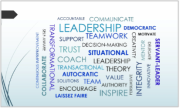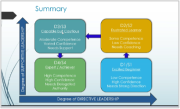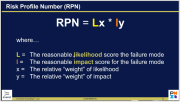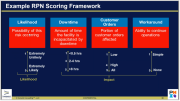Written by: Rishea Middlebrooks MHI, CAPM
Complex data collection systems and interoperability challenges and varying levels of data standardization, oh my! Take a look at the CDC’s National Center for Health Statistics’ (NCHS) data modernization efforts of the National Vital Statistics System to produce timely and accurate data on mortality and it’s causes in the United States.
Presentation Overview 

This month’s speakers will describe the foundational building blocks that have facilitated the on going success of the NVSS Modernization Initiative across the 57 state vital records offices, NCHS, and its national partners. Ongoing community engagement through the NVSS Community of Practice (CoP) and the availability of robust funding through the 2020 Coronavirus Aid, Relief and Economic Security Act (CARES Act) have been important drivers in the vital records data modernization space. The presentation will highlight strategies and project management approaches that have contributed to this success while sharing upcoming plans to strengthen the vital records ecosystem with EHRs, surveillance systems, and medical examiner/coroner case management systems.
Takeaways
Challenges faced:
- Lack of real-time data
- Varying levels of technical capabilities across 57 vital records offices
- Batch/Flat file upload v. sending data via an HIE or single file upload
- Extremely complex National Vital Statistics System mortality data flow
Solutions:
- CARES Act funding relief
- Data modernization using HL7 Fast Healthcare Interoperability Resources (FHIR)
- Benefits
- Data quality
- Standardization and integration
- Process efficiency
- Modernizing data flows
- Large developer community and support
- Benefits
- RESTful Application Programming Interface (API)
Goals of the NVSS:
- Improved interoperability
- Data modernization
- Standards development, policy, regulation
- Technical tools and assistance
- Testing and systems strengthening
- Community engagement and connection
- NCHS certification
Lessons Learned:
- Not all workflows are created equal
- Organizational level change management is crucial for the success of the project
- Modernization IT systems and identifying bottlenecks within internal IT systems
- Connecting people and existing projects within the organization leads to a more formalized program framework
Next Event
Join us at the next PMI Atlanta Healthcare forum on Wednesday, March 15th, 2023
Keynote Presentation: Lauren Gohde, the Global Lead, Inclusion & Diversity for Philips Healthcare will present: “The Power of Diverse Team in Project Management”
Register at www.pmiatlanta.org/events/event-calendar
Event Pictures













